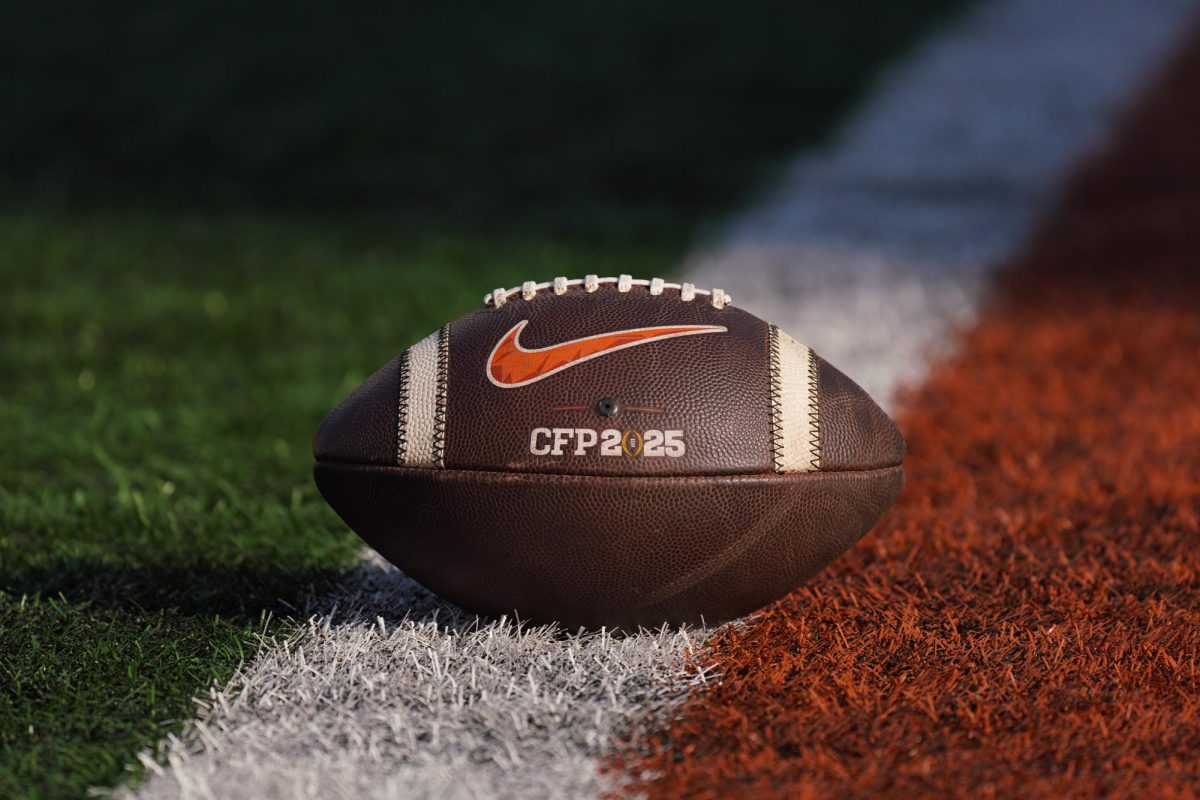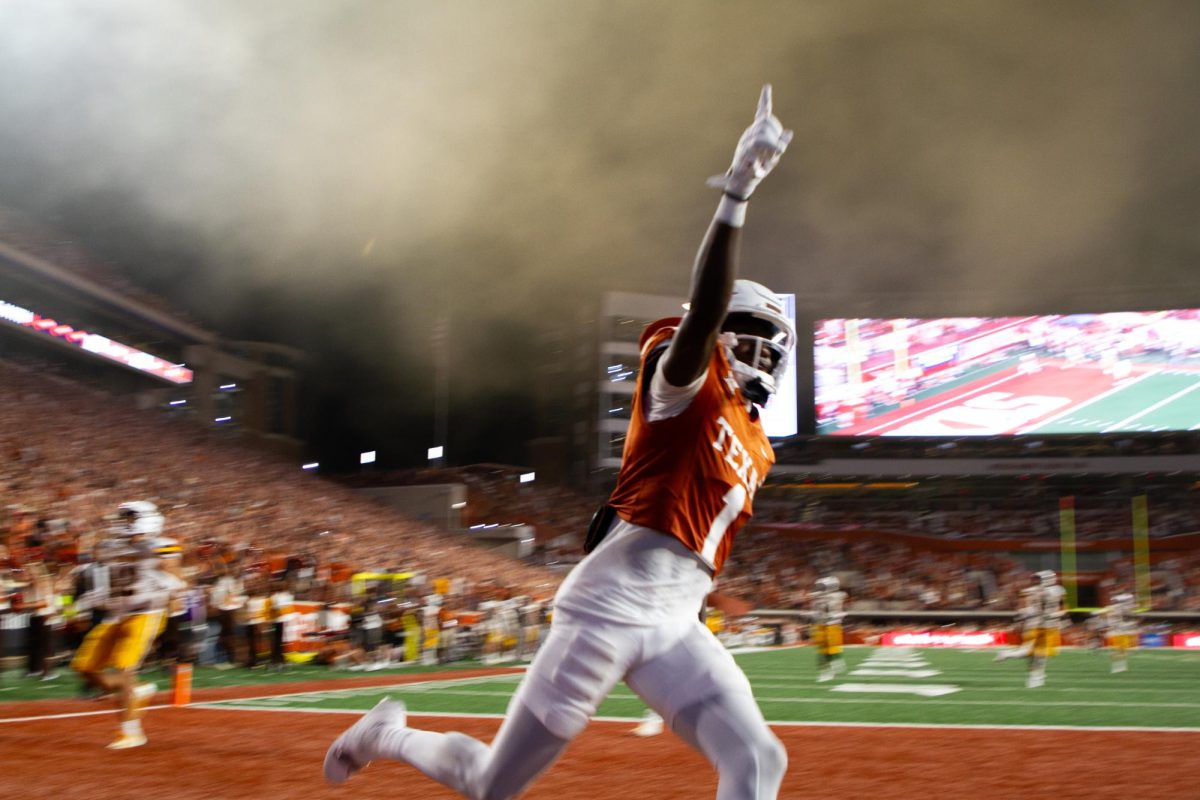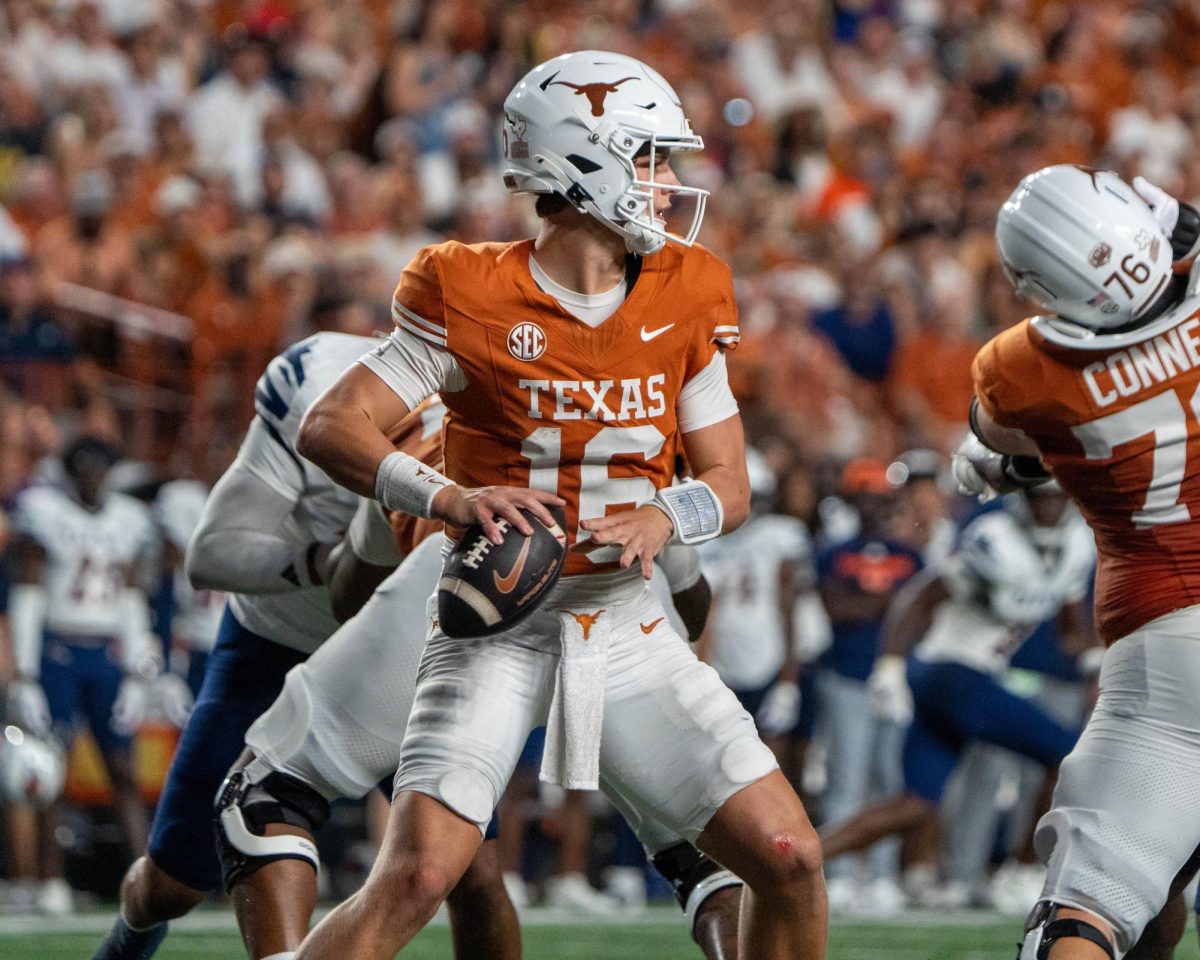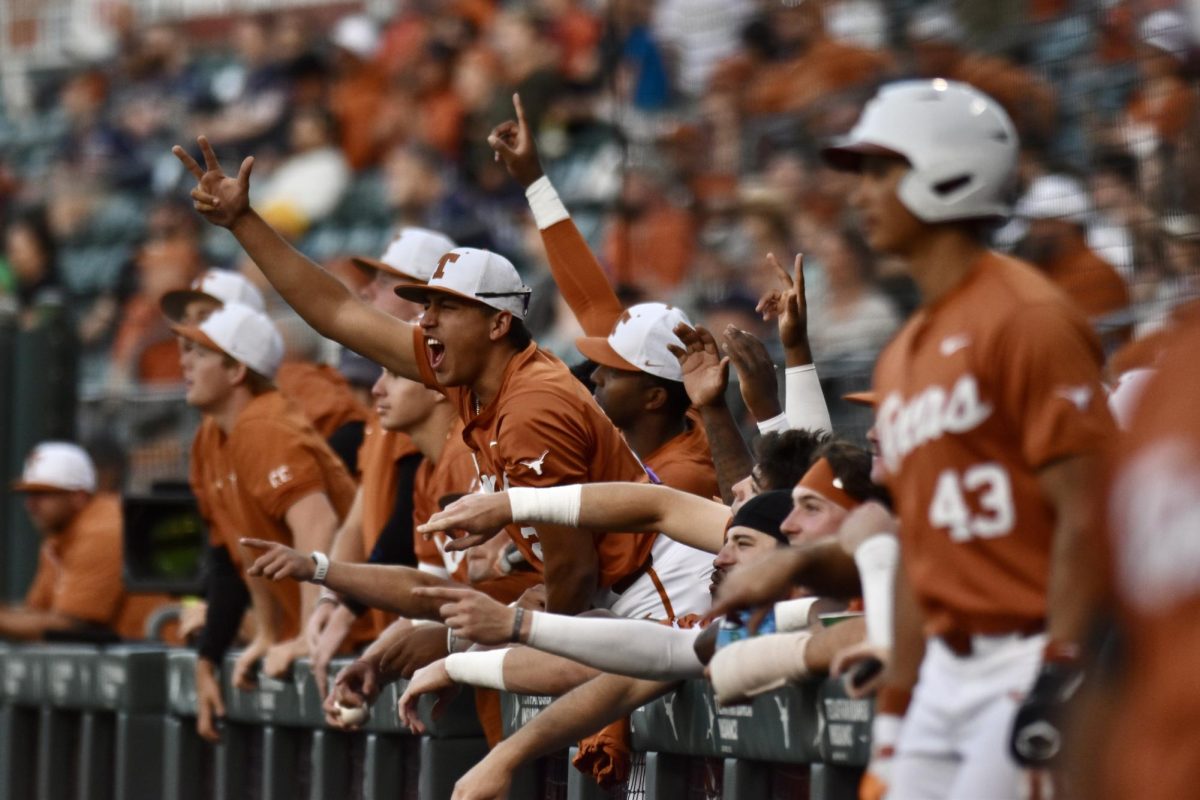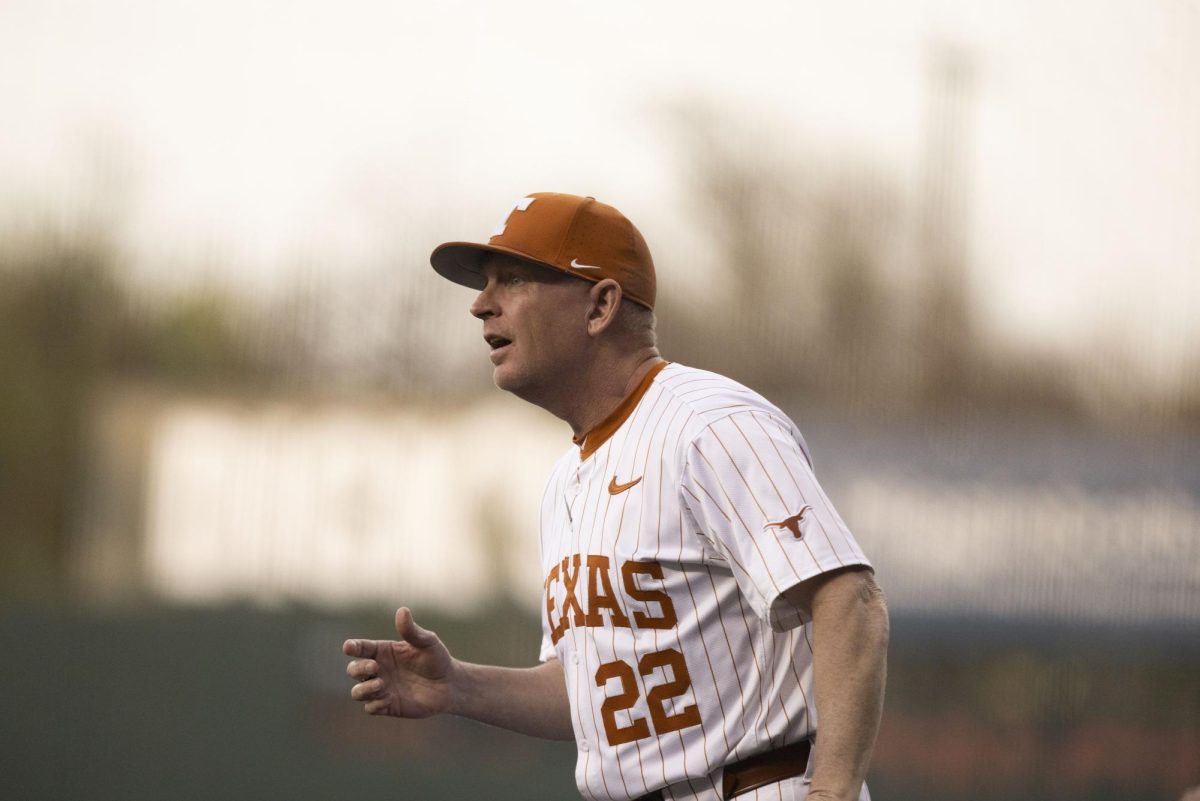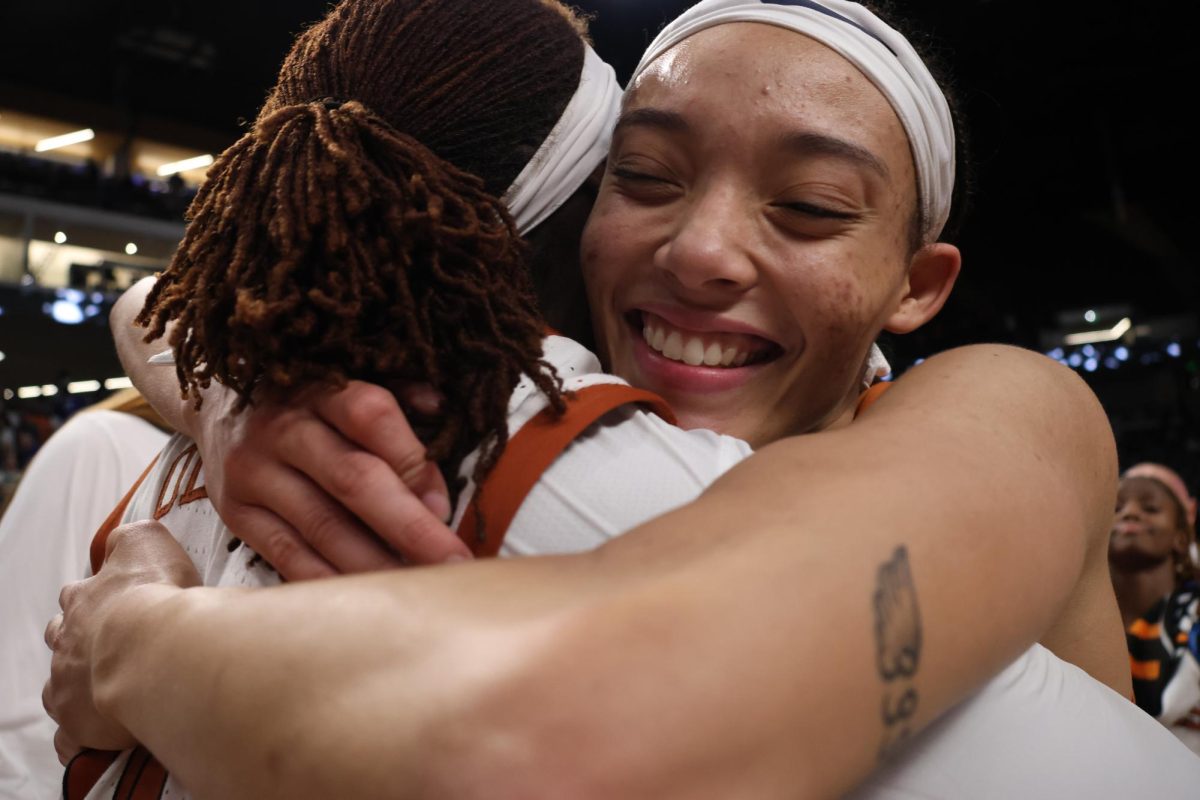The sacks will come.
At least, that’s what the Texas coaching staff believes. While the Longhorn defensive ends have the potential to be some of the more dominant pass rushers in the nation, junior Alex Okafor and sophomore Jackson Jeffcoat have yet to record a sack in the three games this season. In fact, the Texas defense has only had two in 2011 — one from senior linebacker Emmanuel Acho and the other from sophomore defensive tackle Ashton Dorsey.
Still, defensive ends coach Oscar Giles is confident his group will start getting sacks as the season wears on.
“If they come, and I think they will come, they’ll come in bunches,” Giles said.
Part of the Longhorns’ lack of sacks is a direct result of the offenses Texas has faced so far.
“It’s hard now to get sacks now because of the way the offenses are designed,” said defensive tackles coach Bo Davis. “They put the quarterback deeper, and they get the ball out faster. Quarterbacks are not three yards deep any more.”
But while the sacks aren’t showing up in the stat sheet, the Longhorns defensive line is doing other things to cause havoc in the backfield.
“Disrupting the quarterback is the most important thing we have in our scheme,” Giles said. “If we get the sacks, it comes. I think right now it’s a work in progress. Are they making all the sacks? No. But what I like about our guys is they’re disrupting the quarterback.”
The Longhorns finally got consistent pressure up front last week against UCLA. But while Texas only had one sack in that game, the line hurried the Bruins quarterbacks and forced them to make bad passes, which led to three interceptions in the first quarter.
“We rushed the quarterback on some of those throws which caused some inaccuracy,” said defensive coordinator Manny Diaz. “That’s how you defend the pass.”
On one series, Jeffcoat plowed one Bruins offensive tackle into the quarterback’s grill, forcing quarterback Kevin Prince to throw off his back foot and float a pass that junior safety Kenny Vaccaro intercepted.
Jeffcoat didn’t register a sack on the play, but his pressure lead to a turnover.
“It’s like going out to block a field goal,” Davis said. “Every time you go out to block a field goal, do you go out to block it or do you go out to affect the kick?
“So when you’re rushing the quarterback you may not get a sack, but the goal is to affect him and make him move his feet. And once you affect the quarterback, his throwing rhythm is off. The interceptions we’ve had come from making the quarterback get out of rhythm.”
In three games, the Longhorns have faced a steady diet of teams using the zone read, which has changed the roles of the defensive ends. Instead of pinning their ears back and darting up field to get the to the quarterback, Okafor and Jeffcoat are being asked to support the run defense.
So far, the game plan hasn’t relied on the ends getting sacks.
“I don’t want a guy to be selfish to go get a sack when his job is to squeeze down and play the zone read,” Giles said.
“We have to be disciplined. You make sure you take care of your responsibility, and then you go rush the passer.
“If we’re working on getting Alex Okafor five sacks, and we lose the game, it’s not a benefit to our whole team. If we get sacks, great. But we’re not concerned about getting a sack for Alex or Jackson Jeffcoat if we lose.”
But while the chances for sacks have been somewhat limited during the first three weeks of the season, Texas foresees the sacks piling up once the leaves start to change colors and conference play begins.
That’s when the defensive line will go against offenses they already have a feel for.
“You’ll see a change, and you’ll start seeing guys make more sacks and getting the quarterback on the ground,” Davis said.
Printed September 22, 2011 as: Longhorns pass rush yields few sacks



